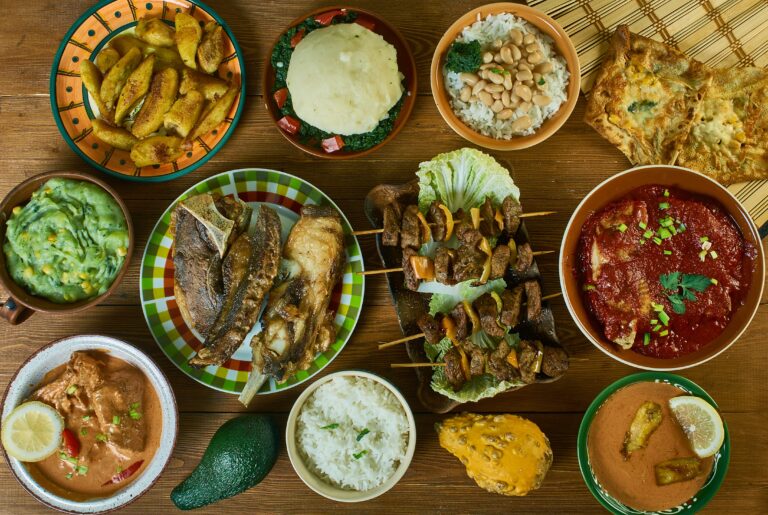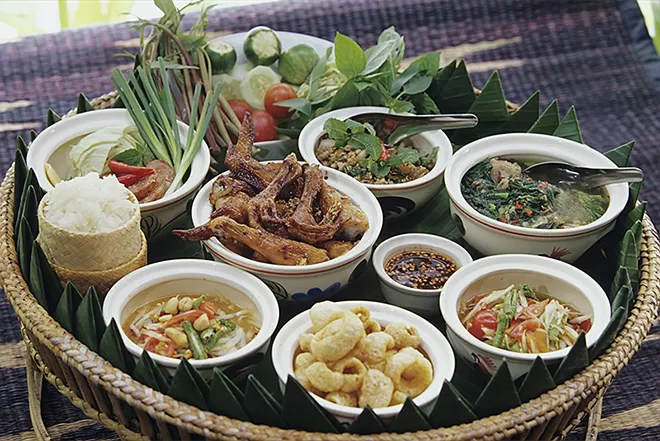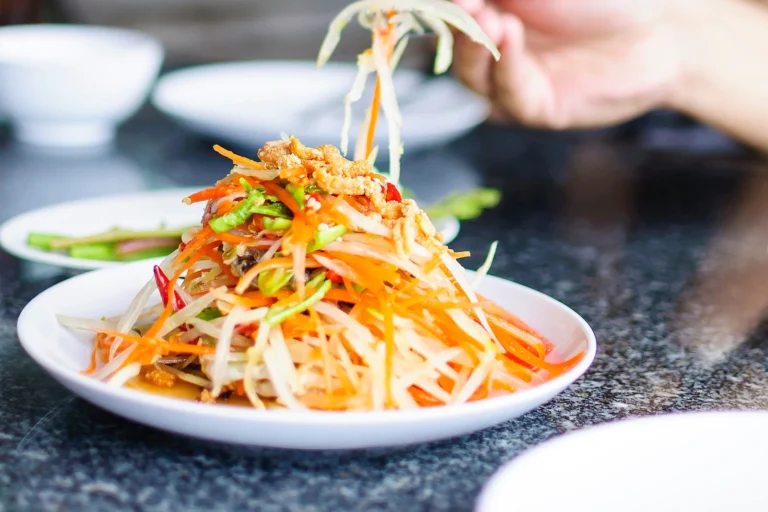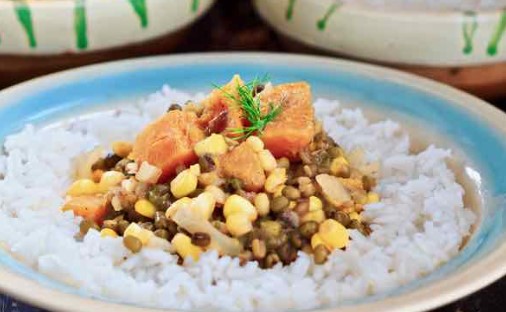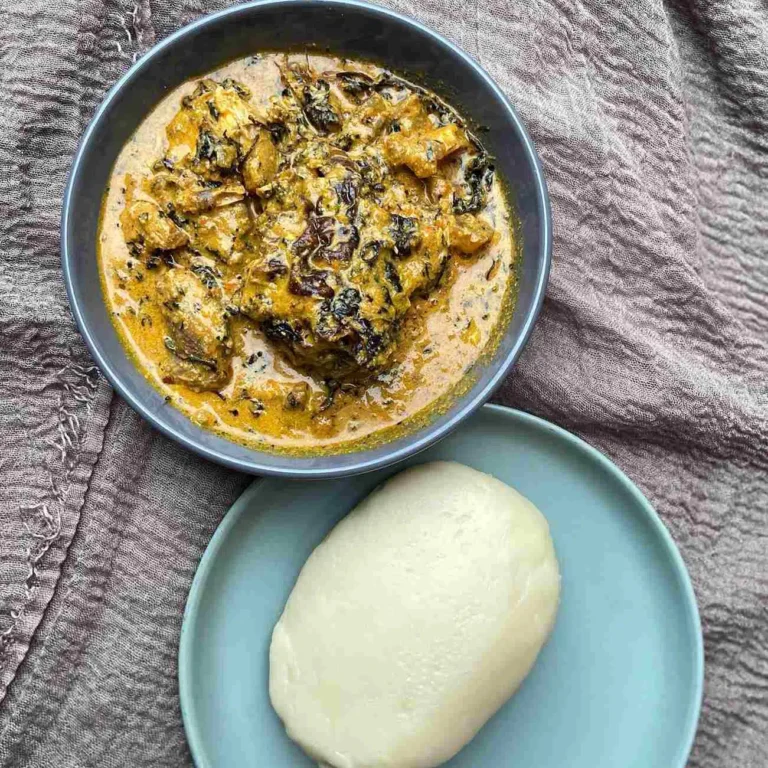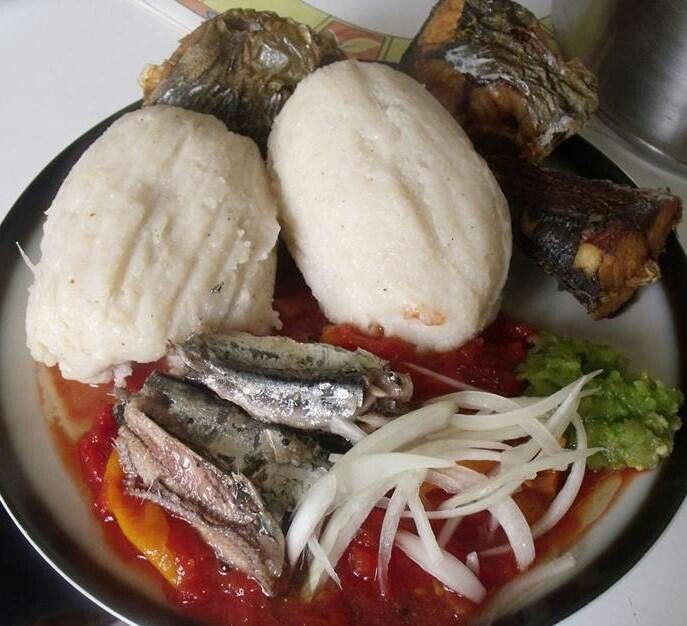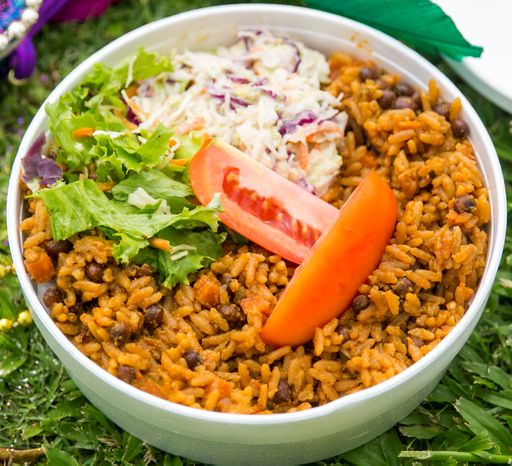Introduction: Tanzanian cuisine in a nutshell
Tanzanian cuisine is rich and diverse, with influences from the Indian, Arabian, and African cultures that have shaped the country’s history. The cuisine relies heavily on spices and herbs to create bold and complex flavors that tantalize the taste buds. Tanzanian cuisine is known for its use of fresh ingredients like fruits, vegetables, and seafood, as well as its flavorful meat dishes.
Understanding the role of spices in Tanzanian cuisine
Spices are a crucial element in Tanzanian cuisine, as they add depth, complexity, and aroma to the dishes. Tanzanian cooks use a range of spices, from simple salt and pepper to complex blends of exotic herbs and spices. The use of spices in Tanzanian cooking also reflects the country’s fascinating history and cultural diversity, as many of the spices were introduced to the region by traders and settlers over the centuries.
The essential seasoning: salt
Salt is a fundamental seasoning in Tanzanian cuisine, used in almost every dish to enhance its flavor. Tanzanian cooks use different types of salt, from coarse sea salt to fine table salt, depending on the dish and the cook’s preference. Salt is particularly important in preserving fish and meat, which are staple ingredients in Tanzanian cuisine.
The aromatic herbs in Tanzanian cuisine
Aromatic herbs are an integral part of Tanzanian cuisine, as they add fragrance and flavor to the dishes. Some of the most commonly used herbs include coriander, basil, mint, and thyme. These herbs are often used in salads, soups, and stews, as well as in meat and fish dishes. Tanzanian cuisine also uses a variety of local herbs, such as mchicha, a leafy green that is similar to spinach and is used in many Tanzanian dishes.
The fiery spices that add heat to Tanzanian dishes
Tanzanian cuisine is not for the faint of heart when it comes to heat, as many dishes are spiced with fiery peppers and chilies. Some of the most commonly used spices include green and red chilies, cumin, turmeric, and ginger. These spices add heat and complexity to the dishes, and are often used in meat and vegetable curries, as well as in soups and stews.
The unique flavors of Tanzanian spice blends
Tanzanian cuisine also features a variety of spice blends that add unique and complex flavors to the dishes. One of the most popular spice blends is called pilau masala, which is a mixture of cinnamon, cardamom, cumin, and other spices. Pilau masala is often used to season rice dishes, such as biryani and pilau. Another popular spice blend is called baharat, which is a mixture of cinnamon, black pepper, cumin, and coriander. Baharat is often used in meat and vegetable dishes, as well as in soups and stews. Overall, Tanzanian cuisine is a celebration of bold and complex flavors, thanks to the use of a wide range of spices and herbs.

